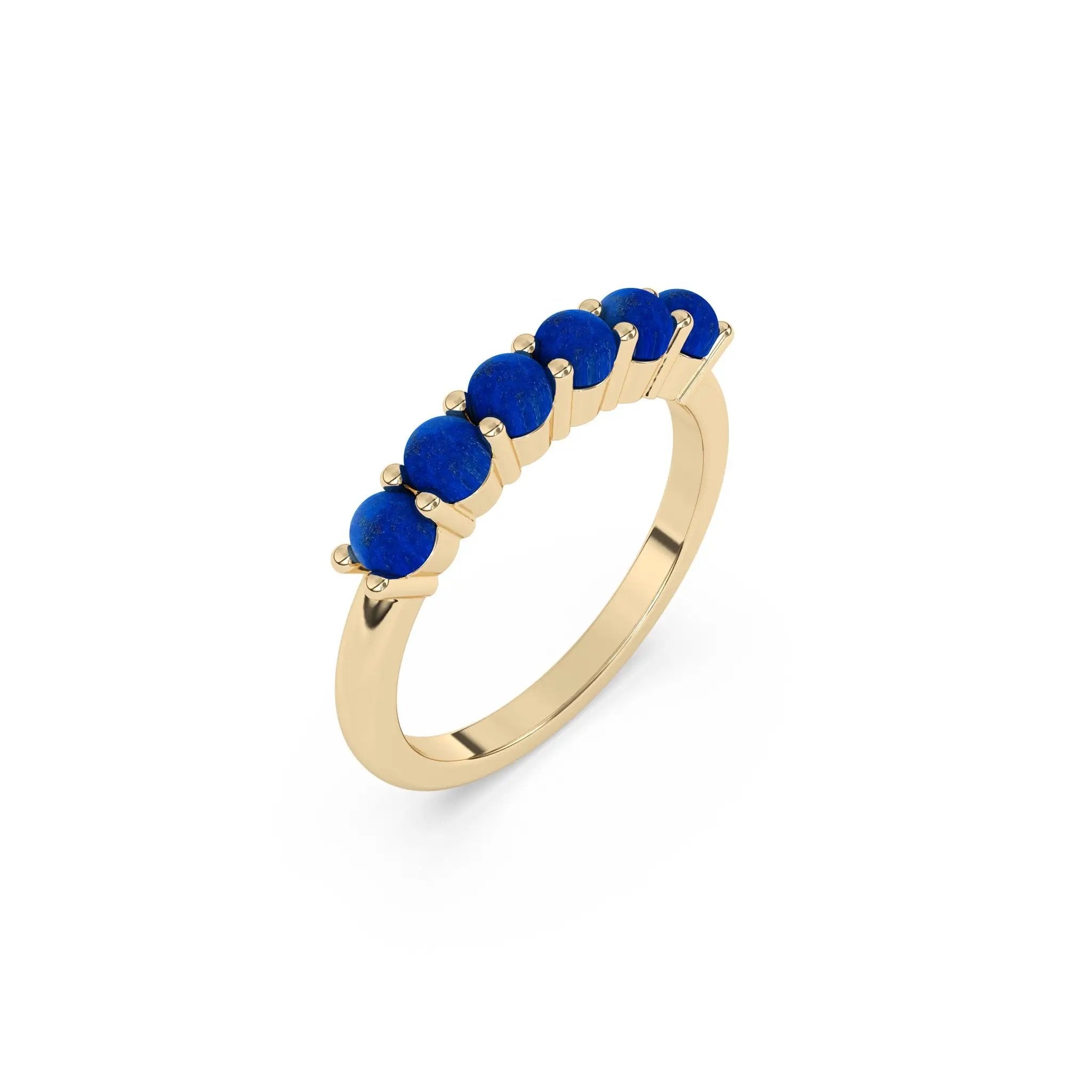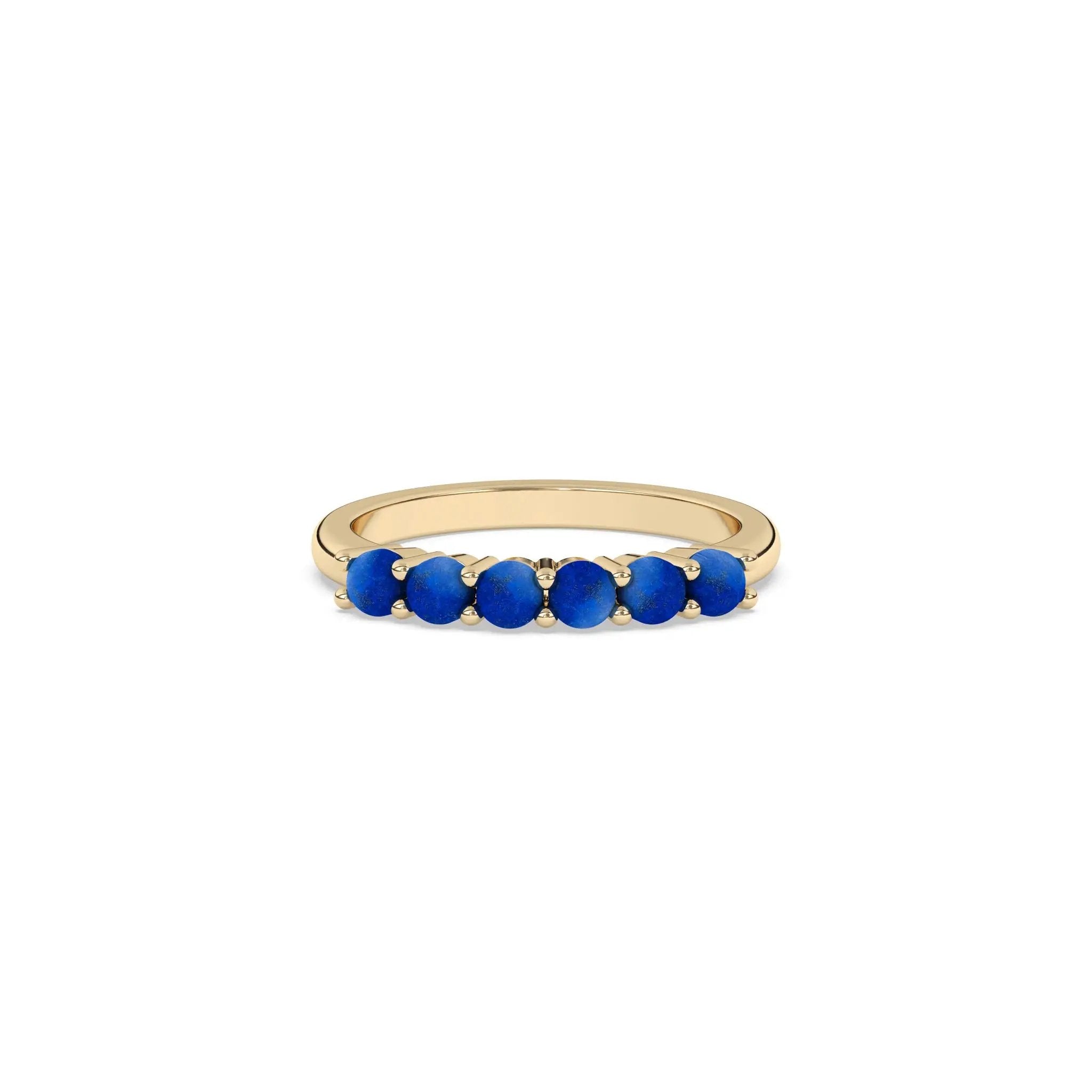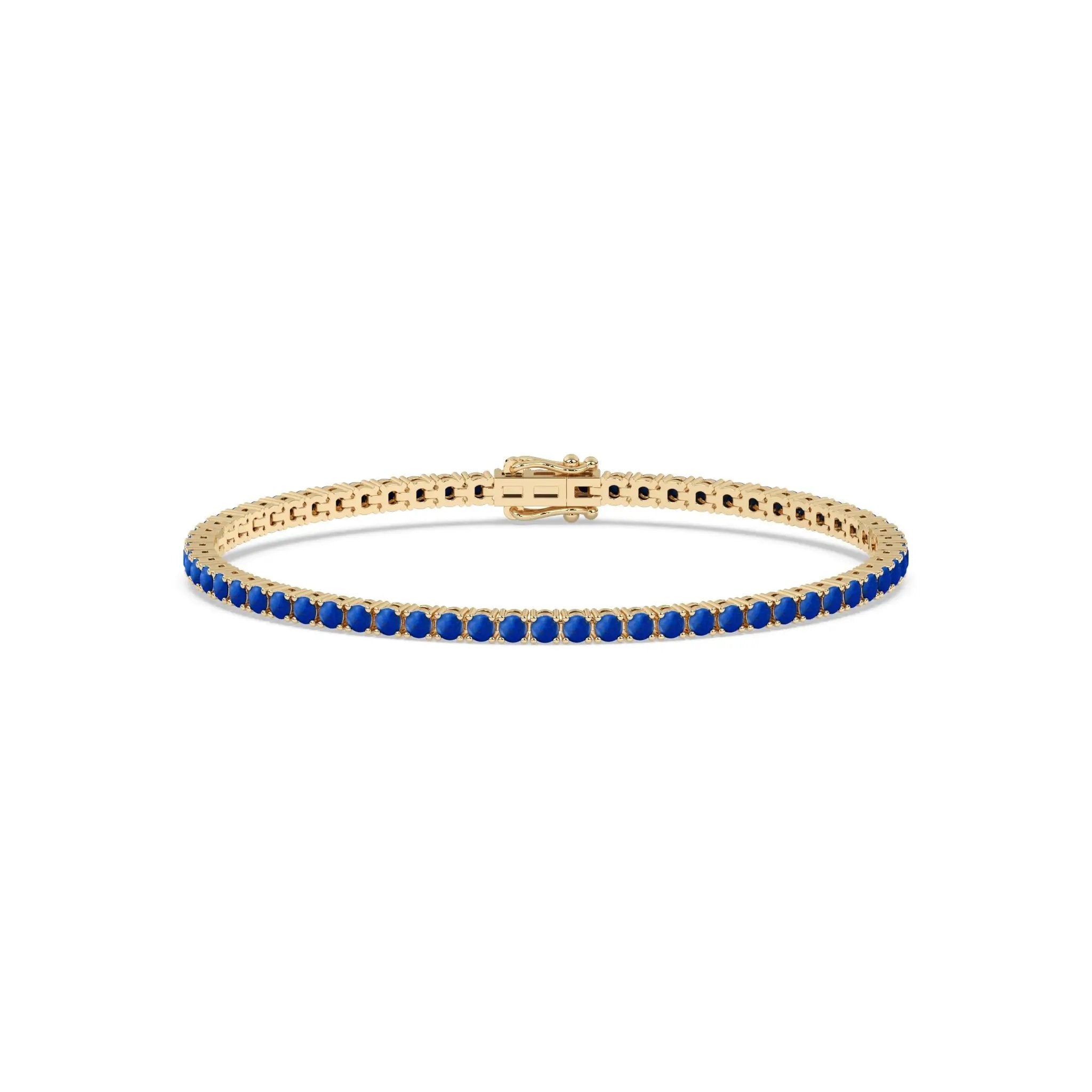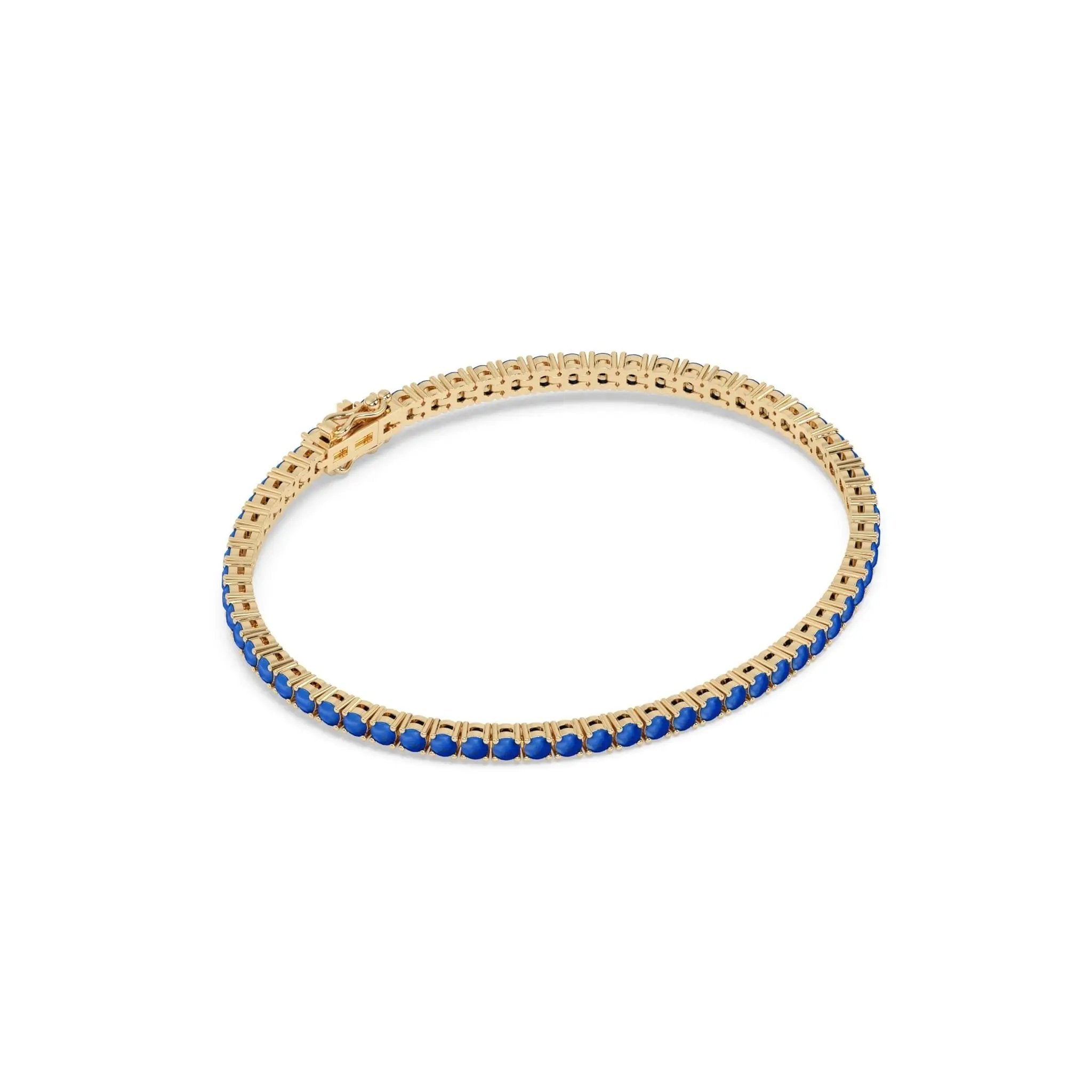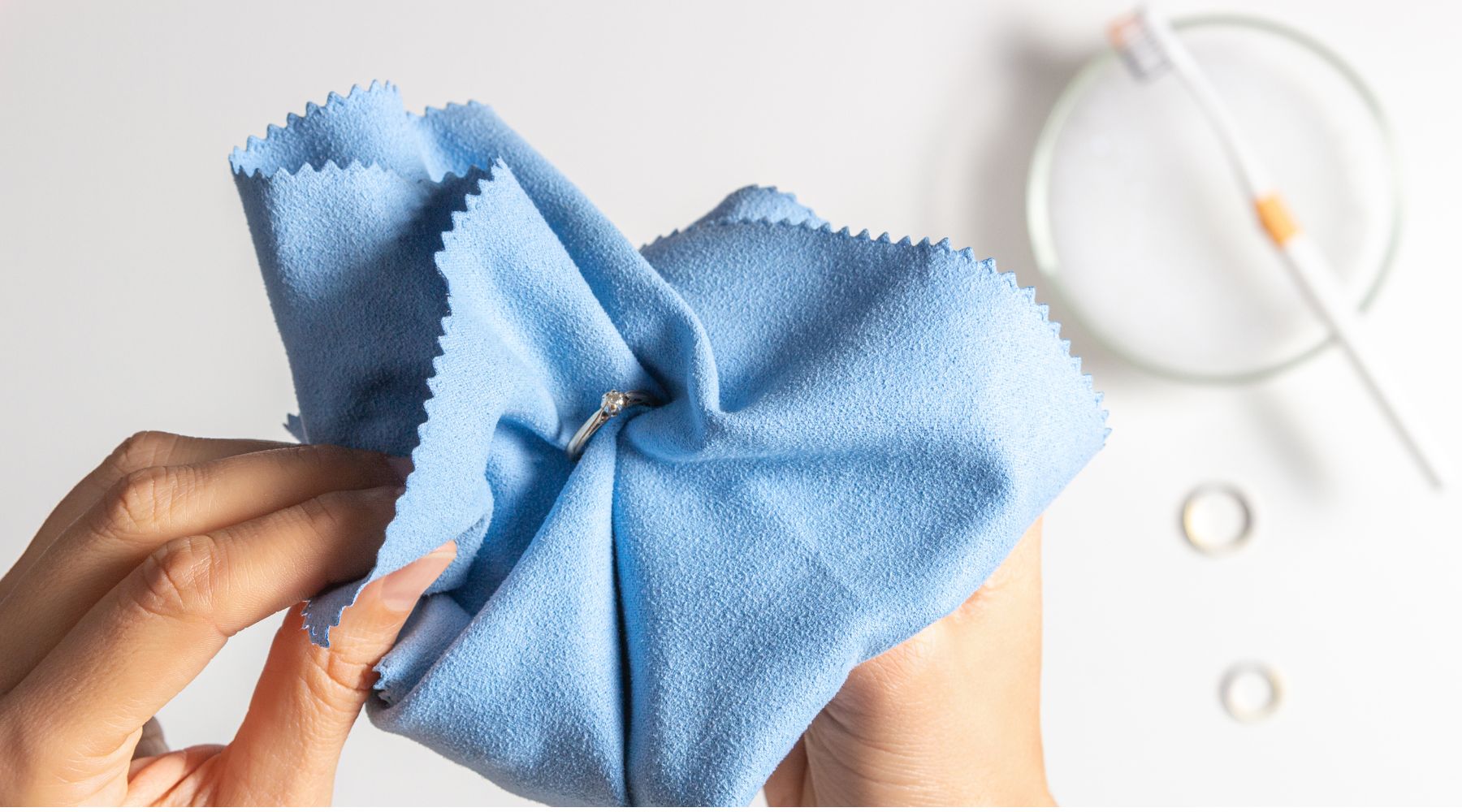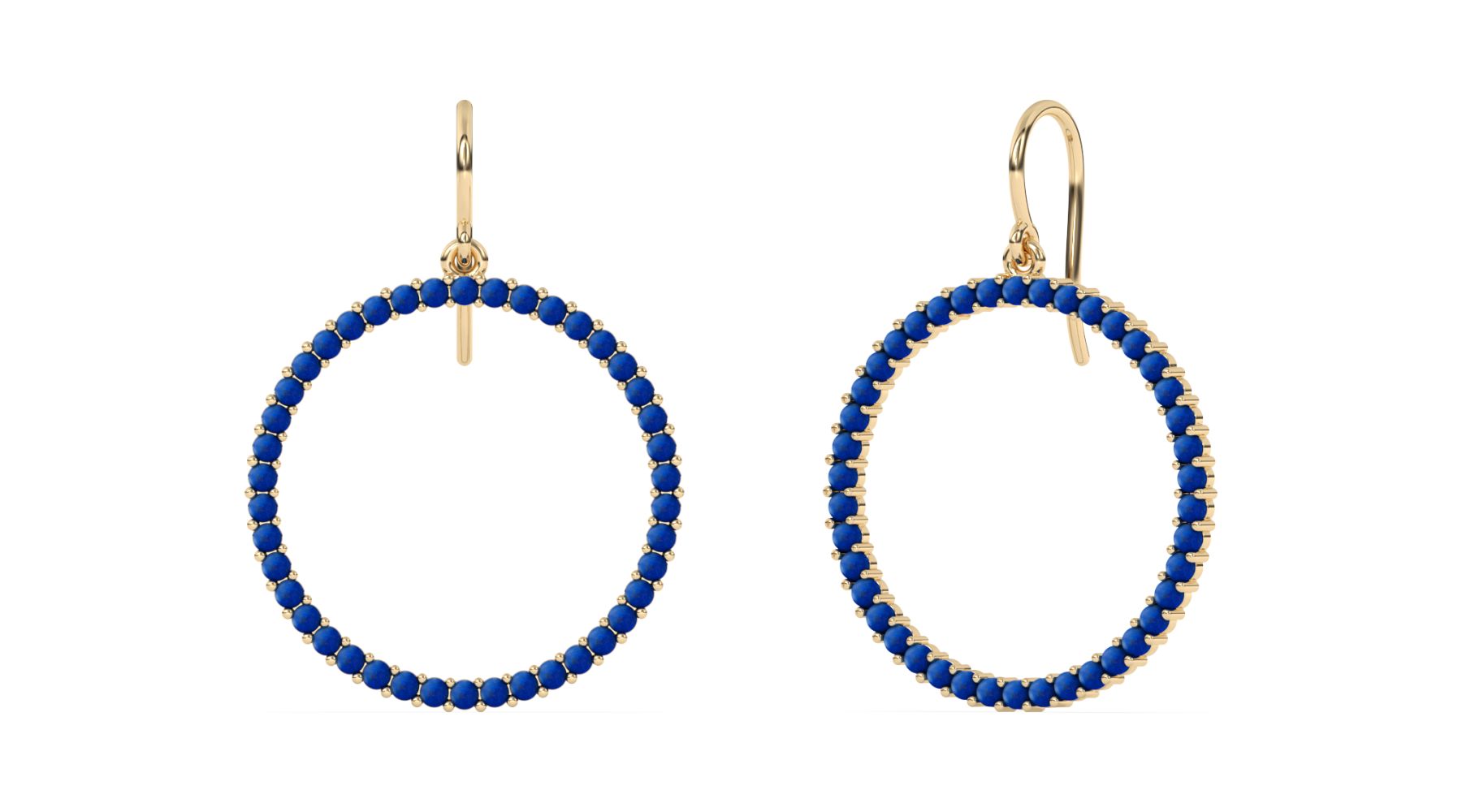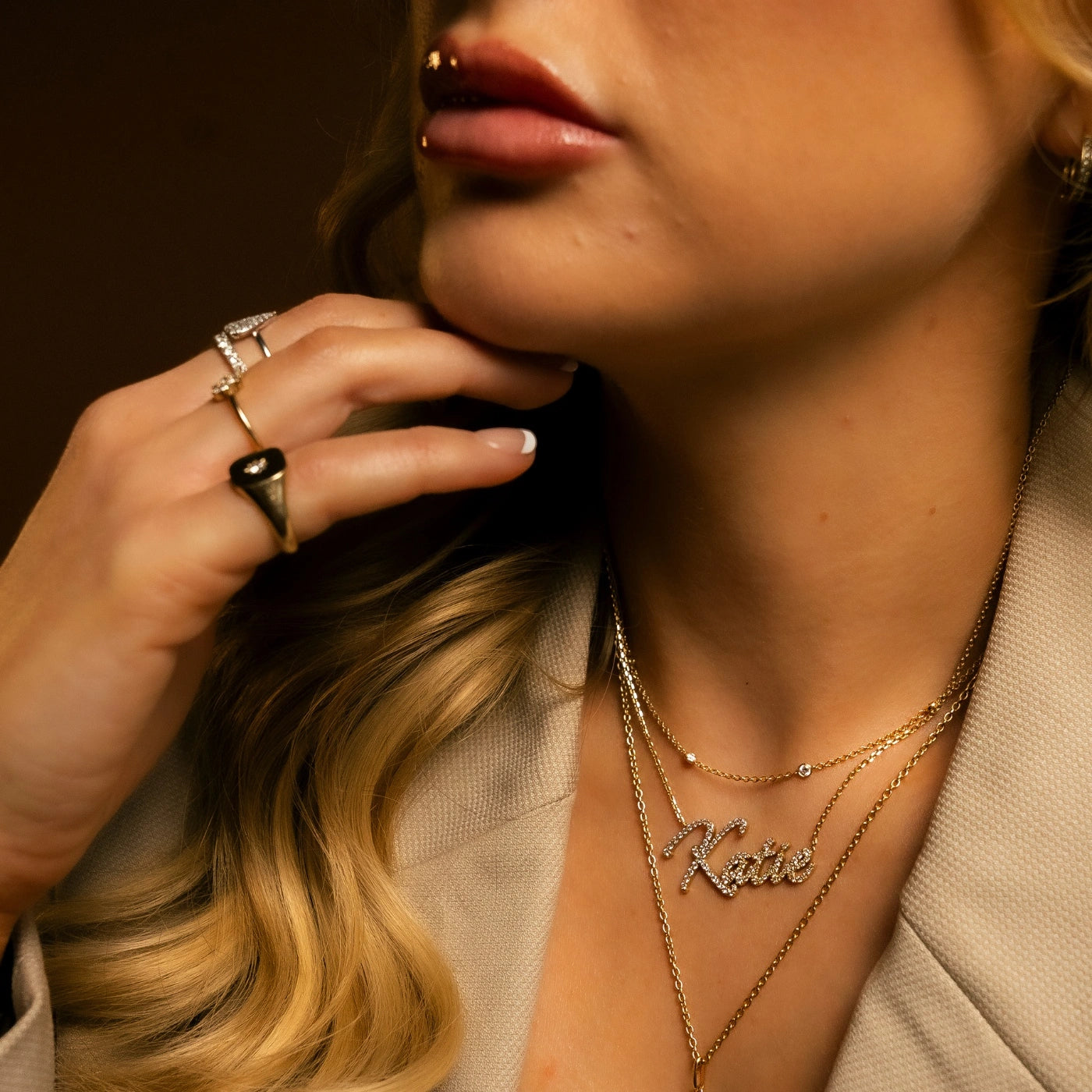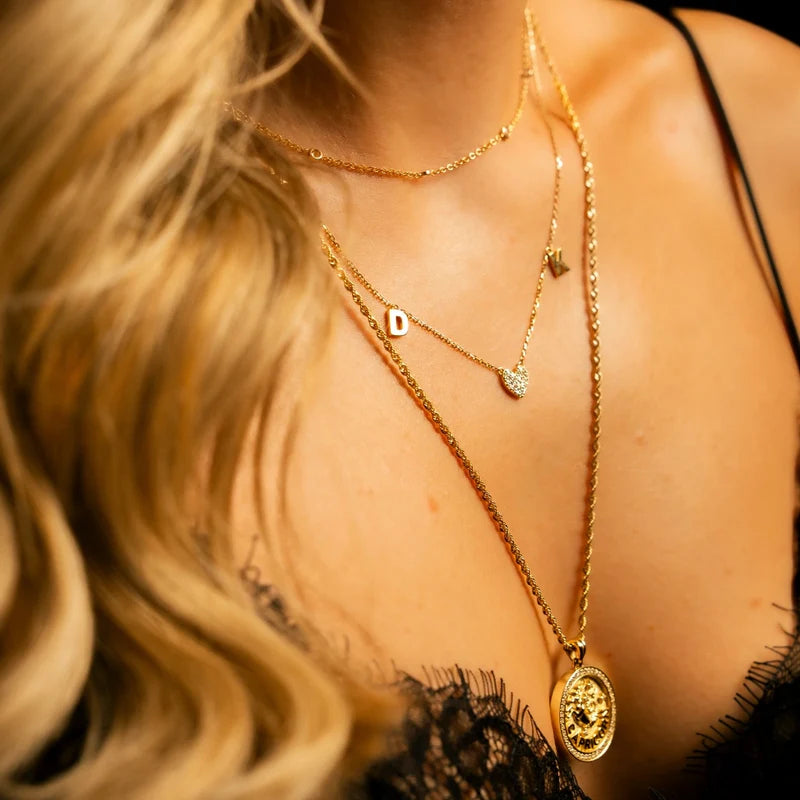
Don't Get Duped! Learn How to Spot Top-Quality Lapis Lazuli
Having prized jewellery in your collection is remarkable but buying them can be a little tricky. Gemstones like lapis lazuli are very loved and popular. With the popularity, comes the extra risk of coming across fake or low-quality ones.
Nothing to worry about, we are here to help you not get duped! Whether you are a collector, an enthusiast or just someone looking to have pretty jewellery, we will teach you how to spot the top-quality lapis lazuli!
Historical Significance of Lapis Lazuli

Around for over 7000 years, the origins of the precious stone lay in the ancient mines of Afghanistan. From there on, it received a lot of love and fame in the Middle Ages and Egypt.
Even the pharaohs, kings of ancient Egypt, had this stunning blue stone fashioned into their masks and amulets. The blue pigment from the stone called Ultramarine was used in world famous paintings during the Renaissance era.
Therefore, wearing lapis lazuli jewellery is surely a matter of prestige. It tells stories of thousands of years ago, it represents history.
Characteristics of Quality Lapis Lazuli
To distinguish between different qualities of lapis lazuli, we have to understand its nature. Its physical properties will help us determine a lot of things.
- Deep Blue Colour: While preference plays a role here, dark deep blue is usually the most sought-after colour of lapis lazuli. It is indicative of the high concentration of lazurite which is the primary mineral of the gemstone, also responsible for its signature colour. The deeper the blue, the higher the value.
- Light Blue: Many prefer the light blue shade, and they are very pretty in their own right. However, they do indicate a lower lazurite content and therefore, a lower quality. They are specifically a go-to option if you want a more budget-friendly lapis lazuli.
- Pyrite and Calcite Inclusions: Pyrite inclusions are the gold flecks seen in the lapis stones. They are quite aesthetic and therefore increase the value of the gemstone, giving the stone a subtle, glittery effect. On the other, calcite inclusions are white minerals with the appearance of patches and veins. Some prefer the look of calcite, but excessive amounts are surely a turn-off as the vibrancy is missing. Therefore, stones with too much calcite lose value.
Also Read: Lapis Lazuli: A Look at This Gemstone's Use in Jewellery
Methods to Determine Lapis Lazuli Quality

When you are purchasing a lapis lazuli accessory, here are a few things you should do first.
This one goes without saying, you will have to visually inspect the stone. What you are looking for is a consistent deep shade of blue with minimal white calcite and aesthetic golden flecks of pyrite. High-quality stones will have a balanced and aesthetically pleasing distribution of the mineral inclusions.
Check for any cracks and imperfections. It’s best to use a magnifying glass or a jeweller’s loupe to examine the stone closely. Lapis lazuli tend to be translucent so make sure to hold it up to light and check. The texture should be smooth and even, feeling cold to the touch.
Apart from visual inspection, we highly recommend Streak Testing under supervision. It’s a simple yet effective test. You would need a piece of unglazed porcelain. Rub the stone against it and genuine lapis lazuli will leave a pretty blue streak behind it. It’s a quick distinction between real gemstones and imitations.
Also Read: A Guide to Lapis Lazuli Jewellery - Care, Quality & Best Forms
Differentiating High Quality from Poor Quality Lapis Lazuli
Suppose there are two lapis lazuli stones in front of you. One has a deep, royal blue shade, and sparkling pyrite flecks with little to no calcite inclusions. Whereas the other one has a paler colour of blue, minimal pyrite and several white calcite streaks. The first one is an exemplary high-quality lapis lazuli whereas the latter shows signs of poor quality.
Remember, deep blue and pyrite speak quality whereas light blue and calcite do not. A top-grade lapis lazuli has a uniform colour and on the other hand, uneven colouration or patches of different shades indicate poor grade.
Also Read: Lapis Jewelry Care 101: Keeping Your Gemstone Gleaming
Tips for Purchasing Genuine Lapis Lazuli
To make sure you are getting the real deal, here are some more pointers to keep in mind.
- Shop Smart: Unlike fast fashion, investment jewellery should only be brought from sellers you trust, the ones with a solid reputation. Read reviews and talk to friends and family. A good dealer will be clear-cut about the gemstone’s origins and quality.
- Ask for Certifications: Legit sellers provide certification from gem labs that confirm the authenticity. What may seem like a piece of paper is the guarantee and assurance that you are getting the real thing.
- The Red Flags: Lapis lazuli is a highly prized gemstone. Do not be swayed by low prices. They should raise your eyebrows! Look around to get an understanding of the market prices and avoid deals that are too good to be true. An excessively uniform shade of blue is also a sign of dyed stone.
- Trust Your Instincts: If anything about the stone or the seller feels off to you, it’s okay to take a step back. It’s better to take your time than to be hasty and end up with a fake. Investment jewellery deserves careful consideration and time.
Conclusion
Spotting the right lapis lazuli will require you to have a keen eye. Remember to question everything. After all, you are spending your hard-earned money. Do not forget to keep our guidelines in mind!
When you are ready to explore a stunning collection of top-quality lapis lazuli jewellery, take a stroll through our site: Argent & Asher.


